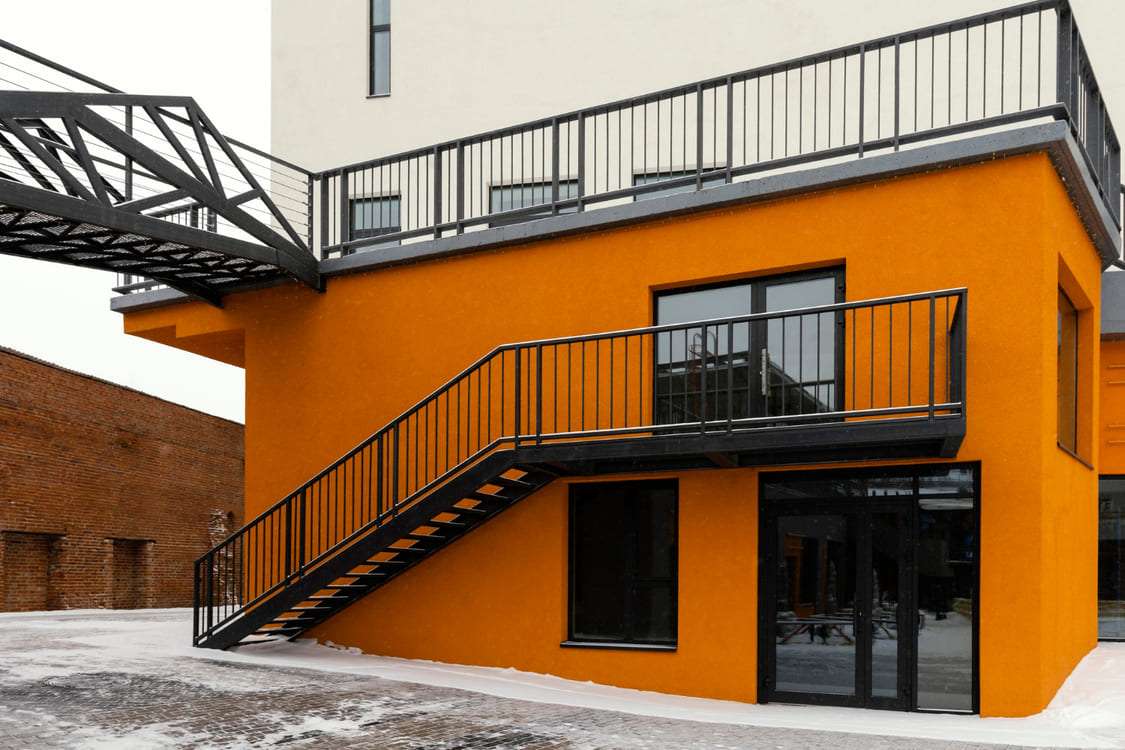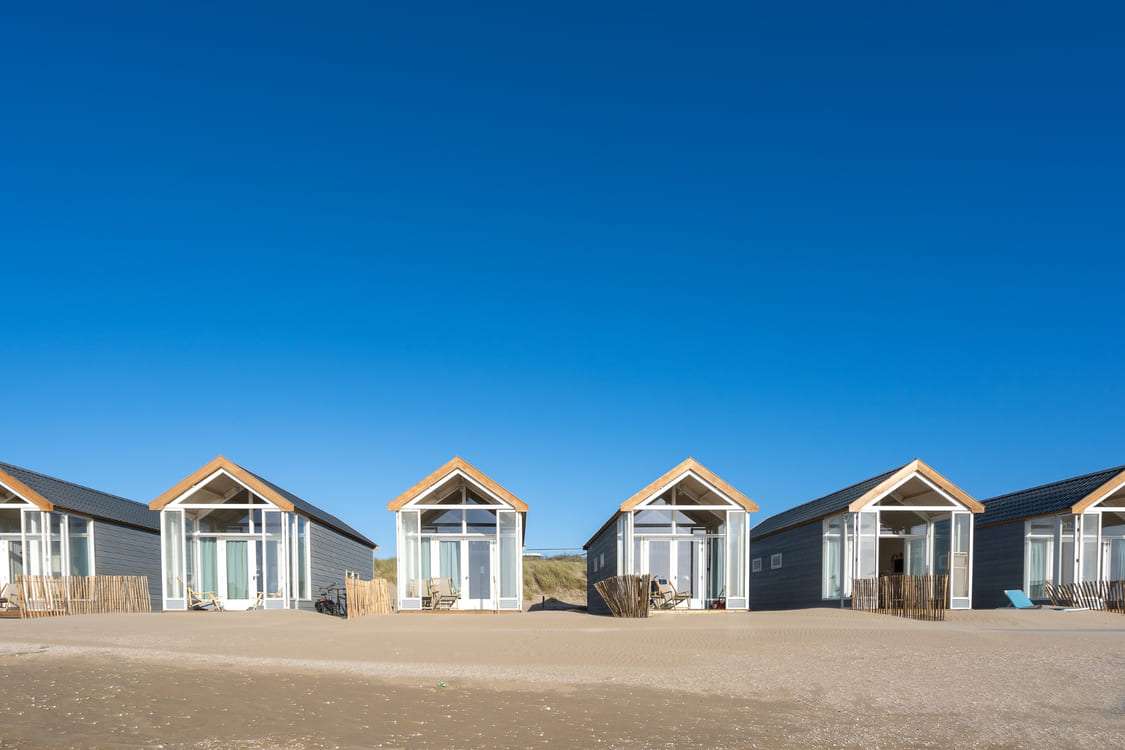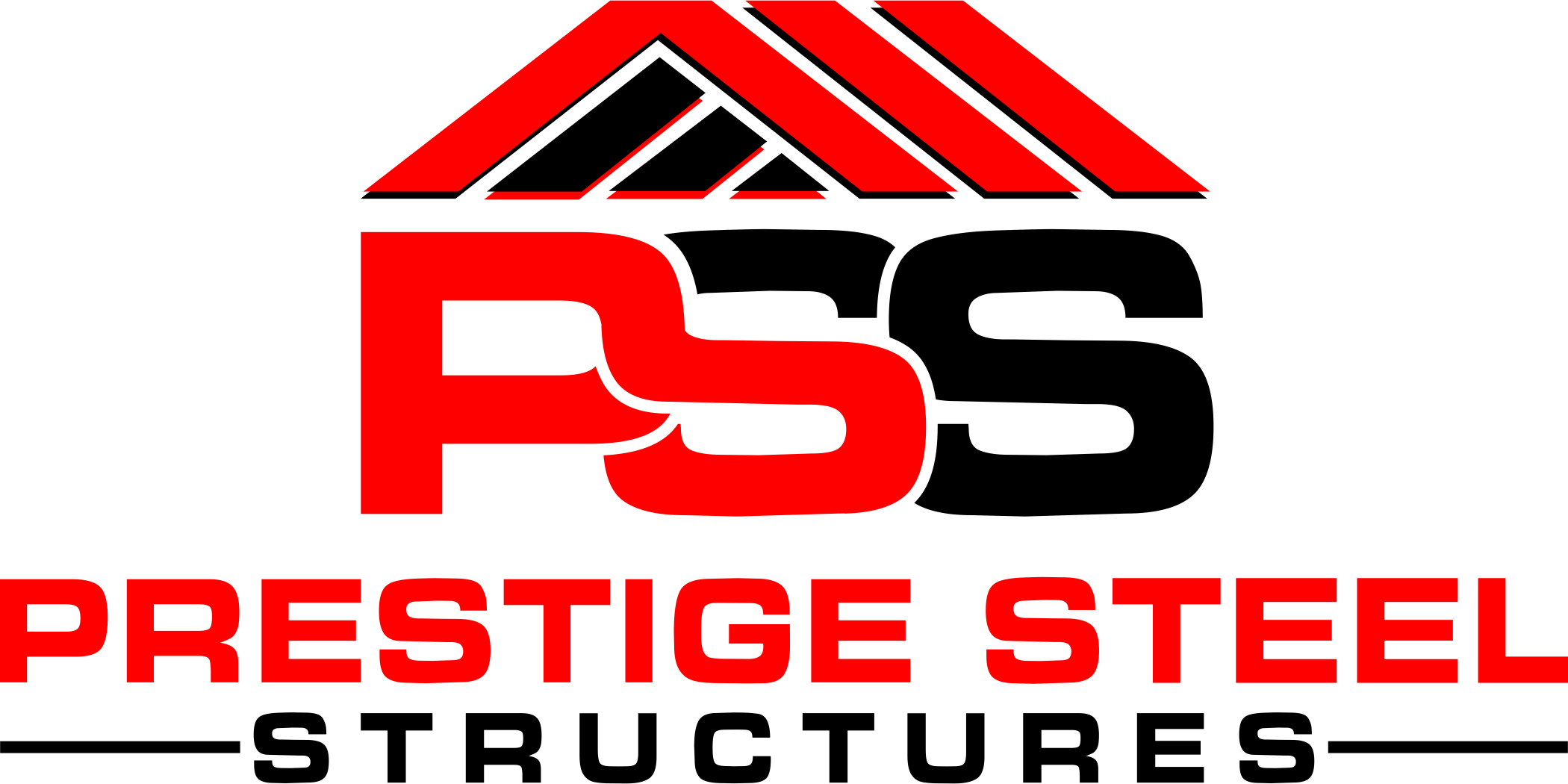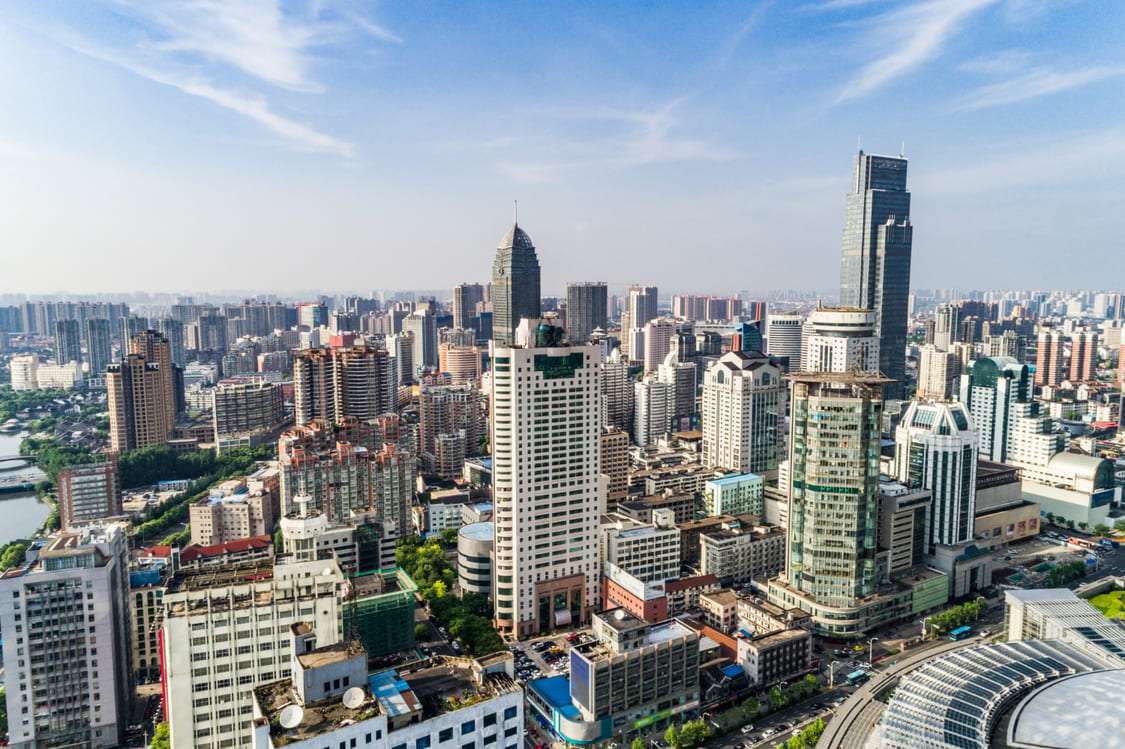Prefabricated buildings offer 10 significant advantages that have driven the global prefab industry toward a projected $153 billion valuation by 2026. These advantages include reducing project timelines by up to 50%, delivering substantial cost savings through economies of scale, and providing superior material durability compared to traditional building methods.
Key advantages of prefabricated buildings include:
- Time efficiency: Up to 50% faster completion through simultaneous manufacturing and foundation preparation
- Cost reduction: Lower expenses via decreased on-site labor and standardized designs
- Enhanced durability: Robust materials like pre-cast concrete and steel frameworks engineered for transportation demands
- Environmental sustainability: Minimal waste generation and recyclable components supporting circular economy principles
- Improved safety: Reduced on-site activities and controlled manufacturing environments
- Quality assurance: Individual component inspection before shipping ensures consistent standards
- Weather independence: Climate-controlled manufacturing eliminates weather-related delays
- Modular flexibility: Easy expansion capabilities using matching materials
- Simplified processes: Fewer supervisors required and streamlined project management
- End-of-life benefits: Easy deconstruction and material recovery without specialized demolition
Originally adopted by European companies following post-World War II material shortages, prefabricated building methods now serve residential, commercial, and industrial projects globally. Modern prefabrication leverages advanced manufacturing techniques to address critical needs for faster assembly times while maintaining affordability, making it the optimal choice for developers, businesses, and organizations seeking efficient, sustainable, and cost-effective building solutions.

Applications and Uses of Prefabricated Buildings
Following the material shortages that hindered post-World War II reconstruction efforts, European building companies embraced prefabrication as an efficient method for rapidly and cost-effectively erecting new structures. Manufacturing innovations and the increasing focus on environmental sustainability have enabled businesses to create prefabricated steel solutions for residential, commercial, and industrial buildings throughout Europe and globally.
The prefabricated building approach addresses the critical need for faster assembly times while maintaining affordability, two factors that became essential during the reconstruction period when traditional building materials were scarce. Today’s prefab metal structures leverage advanced manufacturing techniques to deliver versatile building options that serve diverse market needs across multiple sectors and geographic regions.

10 Key Benefits of Prefabricated Building Solutions
From remote industrial facilities to bustling city mixed-use projects, prefabricated building methods offer numerous compelling benefits. Here are 10 of the most significant advantages worth considering.
1. Superior Material Durability
Prestige Steel Structures utilizes incredibly robust materials for prefabricated buildings, including pre-cast concrete sections and lightweight steel frameworks. These components are engineered to withstand extensive transportation demands while reaching construction sites. Unlike conventional building materials that suffer from common problems (such as brick efflorescence or stone spalling), prefab materials maintain their integrity. Additionally, exposed metal elements like Corten steel create a protective rust patina that actually strengthens over time, meeting standards set by the American Institute of Steel Construction.
2. Accelerated Building Timelines
Projects utilizing pre-manufactured modules or pre-assembled frameworks can cut building timeframes by up to 50% compared to conventional methods. Panel casting can happen simultaneously with foundation preparation, creating seamless workflow transitions. Critical elements such as insulation come pre-integrated rather than requiring separate installation phases. This efficiency has made custom metal buildings increasingly popular across various industries, alongside standard metal buildings for diverse applications.
3. Reduced Environmental Risk Exposure
Challenging weather conditions across European regions make off-site manufacturing a strategic advantage, minimizing weather-related delays and environmental disruptions. Every component gets produced within climate-controlled environments maintaining consistent quality standards, eliminating moisture exposure and other factors that could compromise component longevity. Regardless of seasonal conditions, the final product quality remains consistently high, adhering to NIST building construction guidelines.
4. Pre-Building Quality Assurance
On-site quality assessment becomes challenging when dealing with bulk material deliveries or identical components. Prefabricated building processes enable thorough individual component inspection before shipping. Essential safety compliance checks, including fire resistance and thermal insulation verification, can be completed well before building activities commence. These quality standards align with recommendations from the Metal Building Manufacturers Association.
5. Enhanced On-Site Safety Standards
Warehouse-based component manufacturing significantly reduces required on-site labor and activities. This translates to fewer workers performing reduced tasks within shorter timeframes, away from the chaos of delivery trucks, crane operations, and other hazardous elements. The result is substantially lower accident risks and the associated delays, documentation, and consequences that typically follow workplace incidents. These safety improvements comply with OSHA steel construction regulations.
6. Streamlines Building Processes and Project Schedules
When you purchase prefab buildings, fewer supervisors are required to manage on-site teams and demand less specialized training compared to traditional masonry work. Compressed timelines become more manageable and predictable, offering greater flexibility to incorporate buffer periods, despite the reduced likelihood of project delays. Enhanced efficiency in communication flows naturally from this approach, while maintaining the critical need for transparent project dialogue.
7. Promotes Environmental Sustainability
Contemporary prefab materials frequently utilize environmentally responsible or recycled components, often combining both approaches. This strategy capitalizes on seasonal timber availability or regional resources, while enabling material substitutions as innovative manufacturing methods decrease environmental impact. Additionally, when you buy steel buildings, you’re supporting sustainable practices that generate minimal waste during the building phase, as promoted by Build Using Steel.
8. Delivers Significant Cost Reductions
Prefabricated buildings dramatically reduce expenses through various channels, from decreased on-site labor requirements to enabling projects in isolated locations. Uniform panel dimensions mean ready-made blueprints and designs for prefab structures are readily accessible, cutting architectural consultation expenses. Furthermore, prefabricated components benefit from mass production and bulk purchasing, delivering substantial cost savings through economies of scale. Whether you’re looking for metal garages or metal carports, these savings apply across all building types.
9. Enables Effortless Modular Additions
When your prefabricated building space becomes insufficient, modular additions can be rapidly and affordably constructed using matching materials. This contrasts sharply with stone buildings, where quarry closures might eliminate access to specific colors or textures of masonry. Installing modular additions proves significantly more economical than relocating facilities or purchasing additional properties to support business expansion. For specialized applications, prefabricated metal garage solutions offer excellent expansion possibilities, while prefab garage options provide versatile storage solutions.
10. Facilitates Simple Deconstruction and Material Recovery
Components with minimal environmental impact typically offer the greatest recycling potential. The ability to reuse or repurpose these materials once the building completes its service life provides both economic and ecological advantages. Deconstruction eliminates the need for explosives or specialized demolition services, typically involving a straightforward reversal of the original assembly sequence. Industry standards for sustainable practices are promoted by organizations like Metal Construction Association.
Conclusion
Prefabricated buildings represent a transformative approach to modern building practices, delivering substantial advantages across multiple critical areas. The ten key benefits outlined demonstrate why the prefabricated building industry continues its rapid expansion, with projections indicating the market will reach approximately $153 billion by 2026.
The superior durability of prefab materials, combined with accelerated timelines that can reduce project completion by up to 50%, addresses the fundamental challenges facing today’s building sector. Enhanced safety standards and streamlined processes create more predictable project outcomes while minimizing risks associated with traditional on-site activities, as recognized by the Metal Building Contractors & Erectors Association.
Environmental sustainability emerges as a particularly compelling advantage, with prefabricated buildings generating minimal waste and utilizing eco-friendly materials that support circular economy principles. The significant cost reductions achieved through economies of scale, reduced labor requirements, and standardized designs make steel garage solutions accessible across diverse project scales and budgets.
Perhaps most importantly, the flexibility offered by modular systems ensures that prefabricated buildings can adapt to changing needs through effortless additions and eventual material recovery. This combination of immediate benefits and long-term adaptability positions prefabricated buildings as the optimal choice for forward-thinking developers, businesses, and organizations seeking efficient, sustainable, and cost-effective building solutions. For those interested in purchasing quality structures, options to buy prefab metal garages and buy prefab steel garages provide excellent starting points.
FAQs
How much time can prefabricated buildings save compared to traditional building methods?
Prefabricated buildings can reduce project timelines by up to 50% compared to conventional building approaches. This acceleration occurs because components are manufactured simultaneously with foundation preparation, creating seamless workflow transitions. Additionally, critical elements like insulation come pre-integrated, eliminating separate installation phases that typically extend traditional project schedules. These time savings have been documented in structural engineering research.
Are prefabricated buildings as structurally sound and durable as traditionally constructed buildings?
Yes, prefabricated buildings often exceed traditional building durability standards. They utilize incredibly robust materials including pre-cast concrete sections and lightweight steel frameworks specifically engineered to withstand extensive transportation demands. Unlike conventional materials that suffer from issues like brick efflorescence or stone spalling, prefab components maintain their integrity. Some materials, such as Corten steel, actually develop protective rust patinas that strengthen over time. Advanced structural engineering programs continue to validate these durability benefits.
What are the primary cost savings associated with prefabricated buildings?
Prefabricated buildings deliver cost reductions through multiple channels: decreased on-site labor requirements, reduced need for specialized supervisors, and the ability to construct in remote locations. Standardized panel dimensions mean ready-made blueprints are readily available, cutting architectural consultation expenses. Mass production and bulk purchasing of prefabricated components provide substantial economies-of-scale savings that traditional building methods cannot match.
Can prefabricated buildings be expanded or modified after initial assembly?
Absolutely. Modular extensions can be rapidly and affordably added using identical materials when additional space becomes necessary. This flexibility contrasts sharply with traditional building materials like stone, where quarry closures might eliminate access to matching colors or textures. Installing modular additions proves significantly more economical than relocating facilities or acquiring additional properties to accommodate growth. Building engineering certificates often cover these modular expansion principles.
How do prefabricated buildings support environmental sustainability goals?
Prefabricated buildings promote environmental sustainability through multiple approaches. Contemporary prefab materials frequently utilize eco-friendly or recycled components, capitalize on seasonal timber availability, and enable material substitutions as manufacturing techniques reduce ecological footprints. The building process generates minimal waste, and components are designed for easy deconstruction and material recovery at the end of the building’s lifespan, supporting circular economy principles.


